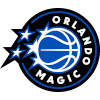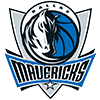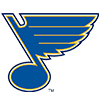Regular readers of this column will recall I was bearish on Weaver in my bold prediction series and cited a few reasons for that opinion. The first one I mentioned was Derek Carty's observation that Weaver added bulk to his frame. Carty mentioned his time in scout school taught him dramatically adding mass can disrupt your muscle memory and mechanics and lead to injury. The second part I had was based off work by Alex Chamberlain, which noted that Weaver's expected strikeout rate was much lower than his actual strikeout rate. I ran a scatterplot of all starting pitchers with at least 100 innings pitched in 2017 comparing their swinging strike rate against their actual strikeout rate (red arrow points to Weaver's spot):
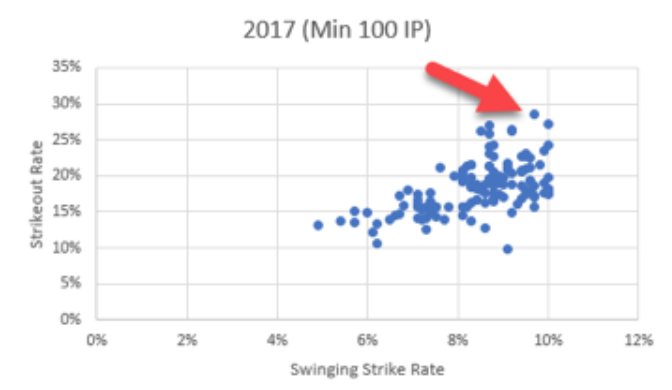
I went on to show how that looked in tabular form and how his strikeout rate was much higher than pitchers with similar outcomes:
| PITCHER | SwStr% | K% |
| Luke Weaver | 9.7 | 28.6 |
| Marcus Stroman | 10.0 | 19.7 |
| Jeff Samardzija | 10.0 | 24.2 |
| Kyle Gibson | 10.0 | 17.5 |
| Edwin Jackson | 10.0 | 17.7 |
| Drew Pomeranz | 9.9 | 23.5 |
| Jason Vargas | 9.9 | 17.7 |
| Tyler Chatwood | 9.9 | 19.0 |
| Cole Hamels | 9.7 | 17.1 |
| Jharel Cotton | 9.7 | 18.6 |
| Michael Wacha | 9.6 | 22.5 |
The purpose of this
Regular readers of this column will recall I was bearish on Weaver in my bold prediction series and cited a few reasons for that opinion. The first one I mentioned was Derek Carty's observation that Weaver added bulk to his frame. Carty mentioned his time in scout school taught him dramatically adding mass can disrupt your muscle memory and mechanics and lead to injury. The second part I had was based off work by Alex Chamberlain, which noted that Weaver's expected strikeout rate was much lower than his actual strikeout rate. I ran a scatterplot of all starting pitchers with at least 100 innings pitched in 2017 comparing their swinging strike rate against their actual strikeout rate (red arrow points to Weaver's spot):

I went on to show how that looked in tabular form and how his strikeout rate was much higher than pitchers with similar outcomes:
| PITCHER | SwStr% | K% |
| Luke Weaver | 9.7 | 28.6 |
| Marcus Stroman | 10.0 | 19.7 |
| Jeff Samardzija | 10.0 | 24.2 |
| Kyle Gibson | 10.0 | 17.5 |
| Edwin Jackson | 10.0 | 17.7 |
| Drew Pomeranz | 9.9 | 23.5 |
| Jason Vargas | 9.9 | 17.7 |
| Tyler Chatwood | 9.9 | 19.0 |
| Cole Hamels | 9.7 | 17.1 |
| Jharel Cotton | 9.7 | 18.6 |
| Michael Wacha | 9.6 | 22.5 |
The purpose of this article is not a victory lap; Weaver could finish out the season as he did last year and make my initial prediction look bad. The purpose of this article is to look at what is ailing Weaver and if he can turn things around.
The high-level view of Weaver's statistics says he has certainly earned his numbers given his indicators are very much in line with the numbers he posted in 2017:
| SEASON | IP | BABIP | LOB% | ERA | FIP | xFIP |
| 2017 | 60.1 | .335 | 74 | 3.88 | 3.17 | 2.93 |
| 2018 | 84.1 | .305 | 71 | 4.59 | 4.03 | 4.21 |
FIP tells us there may be some ERA relief forthcoming, but xFIP tempers that excitement. The pitch mixture is pretty much in line with where things were in 2017 except he is throwing fewer fastballs and has moved that five-percentage-point drop to his cutter. The plate discipline numbers not only show a swinging-strike rate holding true to last year, but just about everything else holds up as well. The only area that has worsened this year is batters are making contact on pitches out of the strike zone 67 percent of the time, which is five percentage points higher than 2017. His velocity readings are actually a tick higher this year over last year and the arm-slot readings and release points are in line with where things were in 2017. Simply put, there is nothing that really jumps off the high-level view of his numbers that fully explains why he is struggling.
What is more concerning is that he has been rather lucky by StatCast measures as his .319 wOBA is 25 points below his expected wOBA based on the contact he has allowed. If you own Weaver, you know he is giving up quite a bit of quality contact this season, and he has been extremely fortunate in that area as there is a 252-point variance between his .875 wOBA and his expected wOBA of 1.127 when batters make solid contact or barrel up the baseball.
"Barreled" contact differs from solid contact, as explained by the StatCast glossary:
To be Barreled, a batted ball requires an exit velocity of at least 98 mph. At that speed, balls struck with a launch angle between 26-30 degrees always garner Barreled classification. For every mph over 98, the range of launch angles expands.Weaver has allowed a combination of 34 barrels and solid-contact events and has had a number of them become outs. In short, things have been bad, but they could be even worse.For example: A ball traveling 99 mph always earns 'Barreled' status when struck between 25-31 degrees. Add one more mph -- to reach 100 -- and the range grows another three degrees, to 24-33.
Every additional mph over 100 increases the range another two to three degrees until an exit velocity of 116 mph is reached. At that threshold, the Barreled designation is assigned to any ball with a launch angle between eight and 50 degrees.
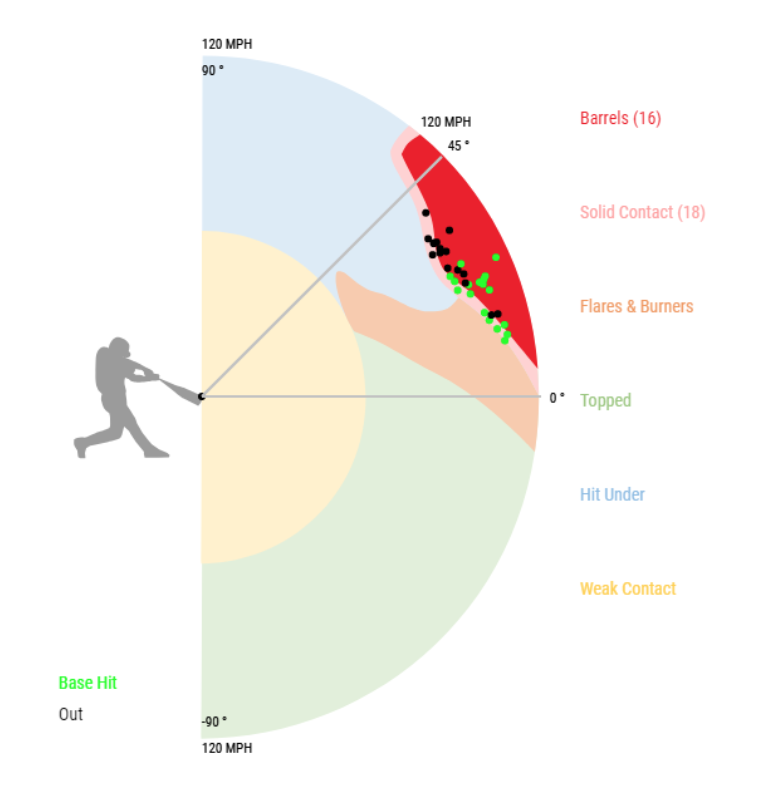
The crazy part of these struggles for Weaver is that his swinging-strike rate is practically identical to where it was last year – 9.6 percent last year and 9.5 percent this season. His 29 percent strikeout rate has normalized back to the pack as he is at an even 21 percent this season. The reduced strikeout rate coupled with the increase in walks and homers has gotten us to where we are at with him.
The other issue in play is how Mike Matheny has managed him. I have often mentioned the "Times Through The Order Penalty" with pitchers and how some pitchers could be even better if their managers paid more credence to the TTOP problem. Weaver has been one of the worst pitchers in baseball when allowed to face hitters a third time in a game. League wide, pitchers have a 5.58 ERA and a .263/.334/.459 slash line when facing batters for the third time in the same game. Weaver has the seventh-highest ERA in the league in those situations at 9.77 as 17 of his 43 earned runs have come in that split:
| PITCHER | TBF | ERA | AVG | OBP | SLG |
| Masahiro Tanaka | 62 | 13.50 | .309 | .387 | .691 |
| Homer Bailey | 75 | 13.15 | .403 | .473 | .708 |
| Alex Cobb | 80 | 12.94 | .384 | .438 | .750 |
| Jose Quintana | 75 | 12.51 | .391 | .480 | .672 |
| Jake Odorizzi | 69 | 10.93 | .367 | .449 | .898 |
| Eric Skoglund | 54 | 10.50 | .319 | .407 | .681 |
| Luke Weaver | 78 | 9.77 | .319 | .397 | .551 |
If we simply removed all of the innings in which Weaver was pitching while facing batters for the third time, his overall ERA drops by more than a full run from 4.59 to 3.41. Five of Weaver's six losses have come in games where he has been left out there to face more than 22 batters, meaning Matheny allowed him to face the top of the lineup a third time and then pressed his luck by leaving Weaver out there to see how much more he could get from the pitcher. Twelve of Weaver's 34 barrel and solid contact events have come during the TTOP phase of the game, and two-thirds of them have been hit safely.
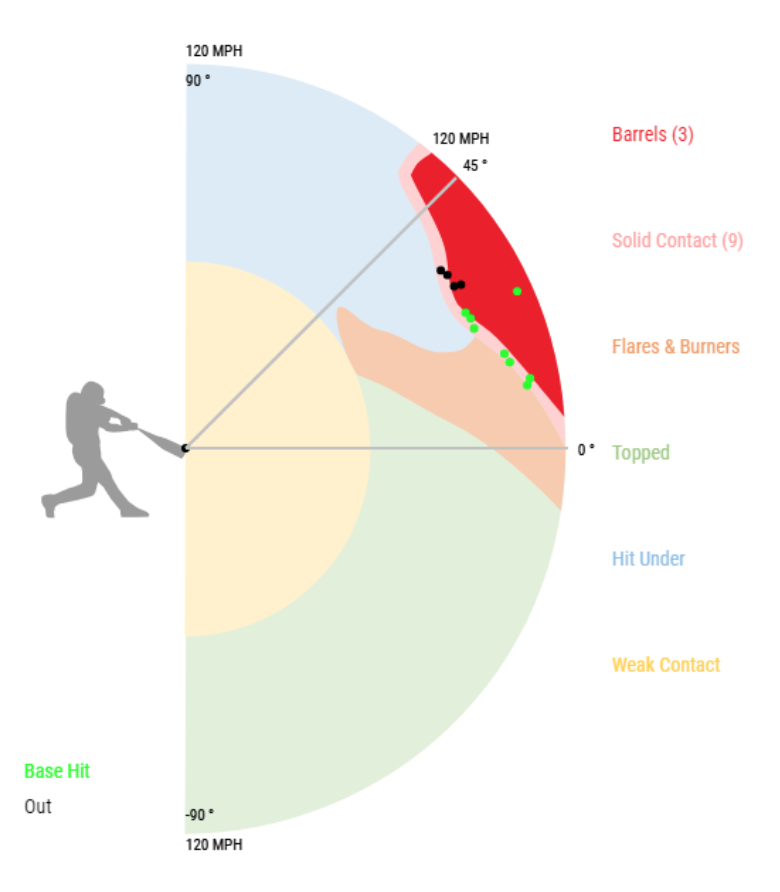
In sum, I do not believe there is anything wrong with Weaver's skills, his health or his execution. I believe that if his manager kept him on a shorter leash, Weaver's overall numbers would be better.
| TIME THRU ORDER | TBF | ERA | AVG | OBP | SLG | K% | BB% |
| 1st | 144 | 3.82 | .260 | .341 | .392 | 20 | 9 |
| 2nd | 144 | 3.06 | .220 | .287 | .331 | 25 | 7 |
| 3rd | 78 | 9.77 | .319 | .397 | .551 | 14 | 12 |
His overperformance in strikeout rate has caught up with him this season, but it is the extended exposure to the opposing hitters that is ultimately doing him in for 2018. Weaver's problems are easily fixable if Mike Matheny gets a reliever ready in time to pull Weaver before the leadoff man comes to the plate for a third time in the game. This TTOP was not as present with Weaver in 2017, but 84.1 innings into this season, it is certainly present. Matheny can continue leaving him out there to see if Weaver can get back to what he did in 2017, or he can set the kid up for more success this year by pulling him a batter early before the downward spiral begins.









